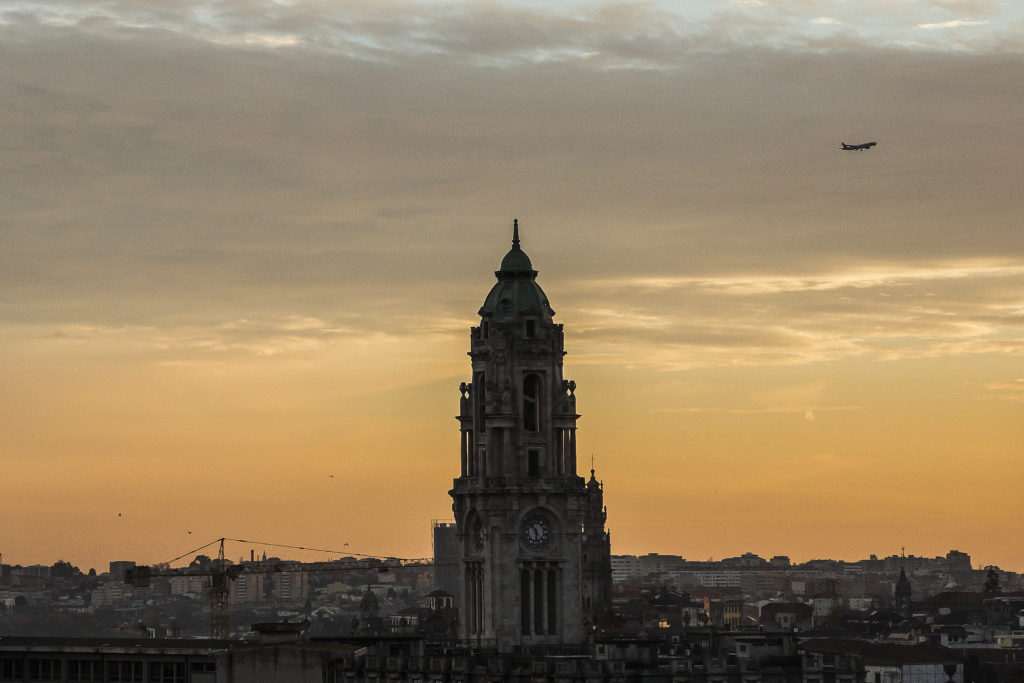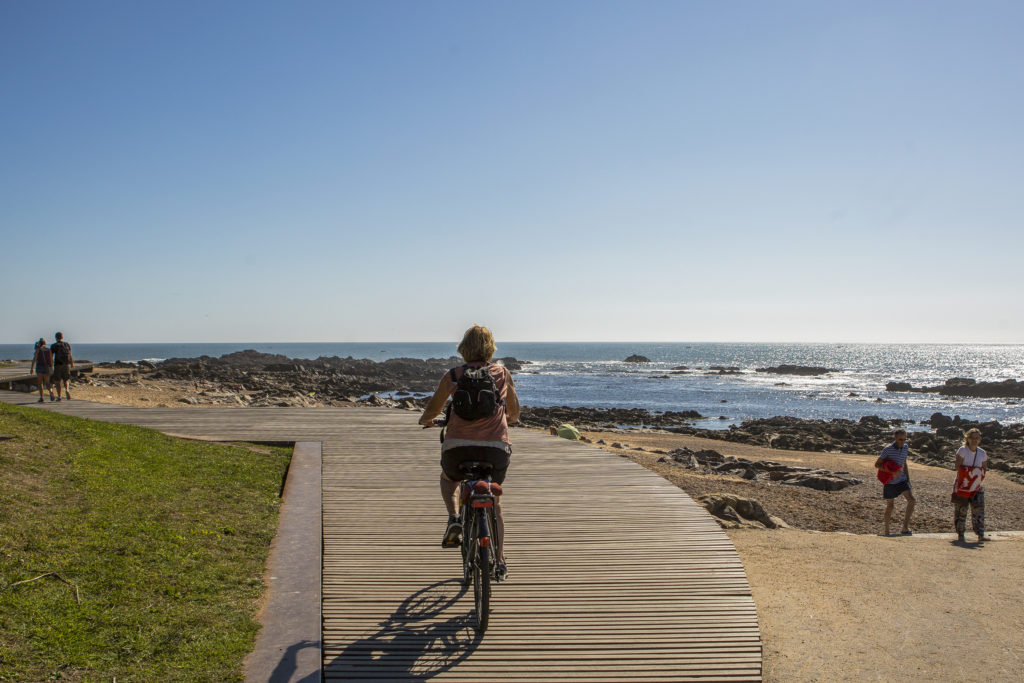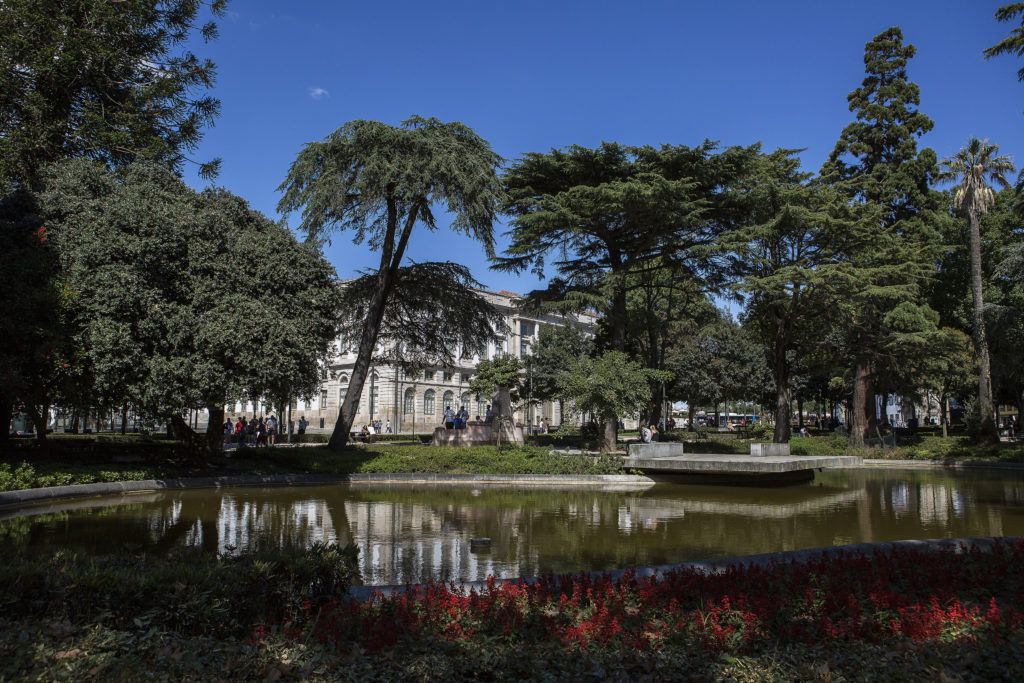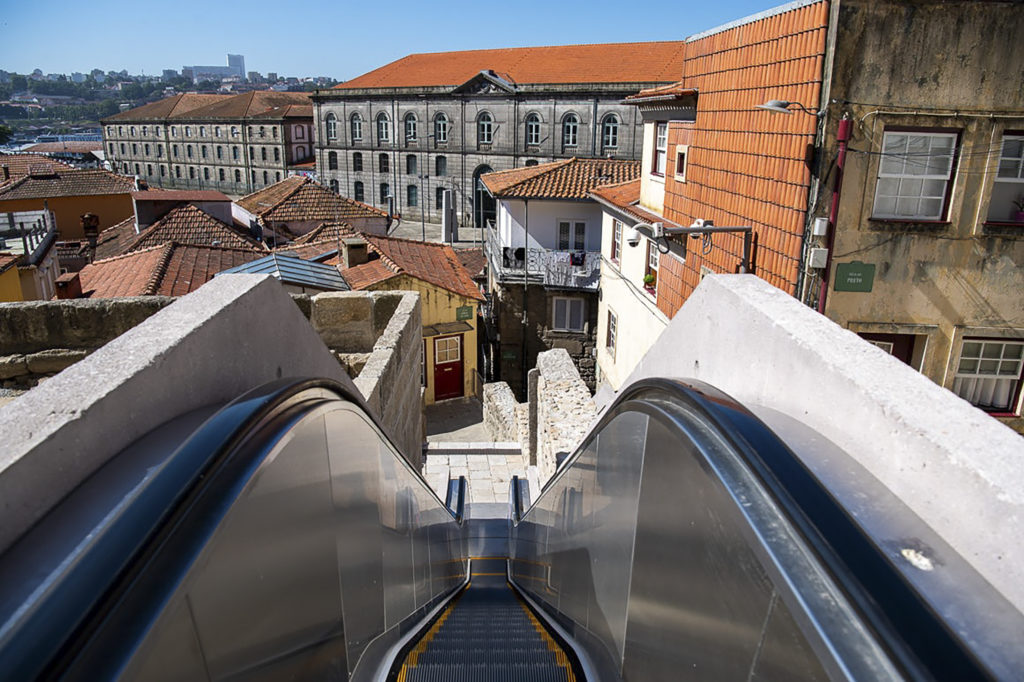In the last few decades, Porto is getting more attractive for living, studying, and hosting businesses. The city is an ecosystem of innovation and environmental sustainability in areas as climate action, circular economy, and protection of natural and cultural heritage.
Following trends and new demands from residents and visitors, Porto in recent years has been developing a “Smart City” strategy, clearly focused on the future, and which has been implemented in different programmes and integrated activities, as it seeks to become a connected, innovative, sustainable and smart city.
Digitalization and technological innovation
Porto’s innovation ecosystem was awarded “The Smart City Innovator Award” in 2020, in recognition for its vision, entitled “Porto. Innovation as a City Catalyst”, given its long-term strategy, involving growth based on innovation, creativity and entrepreneurship.
Porto is part of the “Intelligent Cities Challenge”, promoted by the European Commission, which forms part of the Municipal Council’s strategy to develop the technological infrastructure of the city and implement smart urban solutions, which enhance the economy and contribute towards the city becoming an international benchmark for digitalisation.
The city has implemented various digital tools to provide support for mobility within the city, of note being the Accessible Routes System, which allows you to check the accessibility of buildings, streets and routes; the “Shop in Porto” platform which brings together information about shops which are part of the scheme, namely products, location and active promotions, to enable more personalised routes to be created and, more recently, “Explore Porto”, which provides support to tourists and residents when moving around and finding their destination, through reading QR Codes placed on bus stops and tourist points of interest, which provide access to information on their surroundings, making it possible for them to plan their routes and find means of transport to other parts of the city. Besides this information, the app now includes real-time data on the availability of taxis and scooters in the city, reinforcing the use of soft modes of transport.
As it is a multidisciplinary city, Porto has become an important technological hub, with innovation being part of its DNA. This entrepreneurial ecosystem, which is supported by industry and universities, has attracted numerous investors, start-ups and companies that have established themselves in the city. As a result of this, “Porto Leading Investors” was set up to involve and make the community aware of the companies that have contributed most to the city’s development in recent years and that best represent the future of the region, in emerging areas such as ICT, health and life sciences, cultural and creative industries, mobility, energy and the environment.
In February 2023, Porto achieved first place in the “European Cities of the Future” ranking in the fDi Intelligence published by the Financial Times, which assesses investment attraction strategies in 90 cities and regions.

Carbon neutrality and environmental sustainability
Porto is leading by example when it comes to climate action, and has committed to the target of achieving carbon neutrality by 2030, having been included by the European Commission in the list of “Smart Cities with a Climate neutral Impact”.
In addition, the “Porto Climate Pact” was established, which is an initiative of the Municipal Council aiming to awaken actions by its citizens and organizations and thereby establish a true community for climate commitment. This initiative has mobilized various sectors and already has more than 200 signatories, including institutions, academia and companies. Through its collective action, the Porto Climate Pact seeks to accelerate energy transition and achieve an emissions neutral balance by 2030.
In addition, since 2014 the Porto Municipal Council has been working with the Carbon Disclosure Project (CDP). The city is part of the C40 group (40 cities around the world that are leading the fight against climate change).

Recovering and improving its territory
Aware of its central role in promoting sustainability, and the importance of involving its stakeholders within this aim, the Municipal Council has also been adopting and encouraging best practices within its tourist activity and support for its traditional commerce, seeking to promote a balanced relationship in the use of public areas.
A good example of this is “Confiança Porto”(Trust Porto) that aims to distinguish excellence in service provision, through the validation and recognition of good practices implemented by the tourism sector. The programme, initially aimed at tourist accommodation, has now had its scope extended to include Tourist Walking Tours, in alignment with the new vision of destination sustainability. The programme’s focus is on the qualification of human resources and favouring the interaction of visitors with culture, the environment and the local population, as well as the dissemination of narratives about the history of the city that respect its authenticity and uniqueness.
Of further note is the Management and Sustainability Plan for the Historic Centre, UNESCO World Heritage Site (2011), which has planned the refurbishment of the built environment and the protection of the socio-cultural identity of the community, through promoting its re-population, preservation and the enjoyment of its areas by residents and visitors.
With a view to recovering its traditional street commerce, it has also created the “Traditional Porto” programme, which has recognized retail establishments and entities with special historical, cultural, architectural and artistic interest, through promoting their modernization and long-term competitiveness, which benefit from various protection measures.

Accessibility and decentralization
Porto’s development strategy has also included guaranteeing an improvement in accessibility, mobility and, consequently, the quality of life for its population and visitors.
Given that public areas mainly belong to human beings, it has progressively limited the circulation and parking of cars within the historical centre, creating pedestrian-only areas, while increasing the availability of parking near public transport interfaces, supported by the ongoing expansion of the bicycle path network.
It has also been upgrading pedestrian paths, through installing ramps and tactile paving, and removing obstacles, widening pavements, lowering crossings and installing traffic lights with audible warning devices and countdown timers, to provide a more accessible and inclusive city.

There is also a strategy under way to decentralize tourist flows, through establishing new central areas, new narratives and points of interest, which make it possible to relieve the pressure on areas and facilities with high demand, while at the same time encouraging longer stays.
The creation of new accessibility features and improving infrastructure has also contributed to the physical, economic and social regeneration of less dense areas in order to reduce socio-spatial asymmetries.
With these and other initiatives, Porto has been at the forefront of developing and implementing strategies and technologies that can respond to the needs and demands of residents and visitors, thereby offering smarter urban development.
Learn more about Porto – Great Wine Capital
Photo Credits: Porto City Council